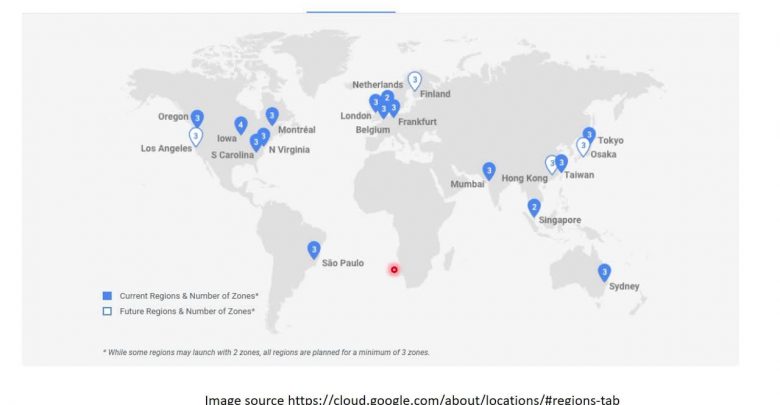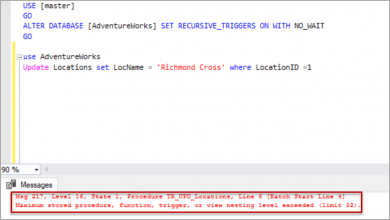Load Balancer of Google Cloud Platform

Description Load Balancer of Google Cloud Platform Free Download
In this lesson, we’ll be talking about load balancing. We’ll cover the several types of load balancers of Google Cloud Platform, and then we’ll create one to see how it’s actually set up.
The lecture is intended to IT Cloud Administrators, IT Security engineers, IT technicians, IT Network Administrators, all fan of the cloud technology.
The level is considering to be intermediate to advances but the author composes the lectures in a progressive way from the basic to advanced.
This course will improve your ability to manage load balancers. You will learn about effective ways to build, develop Linux instances as well Windows Server instances on Google Cloud.
You will learn how to mount Apache Web Server and how to load balance two front-end web servers of Apache.
There are three types of load balancer. We have TCP, UDP and the HTTP load balancer. In this course we focus on the options that Google classifies as network load balancers, which are the TCP and UDP load balancers.
Network load balancing allows you to balance the load of your systems based on the incoming IP protocol data, such as address, port and protocol type. They use forwarding rules that point to target pools, which list instances available for load balancing and define which type of health check should be used to determine if those instances are healthy. With network load balancing you have some options that you don’t have with HTTP. For example, you can load balance based on protocols, such as SMTP or FTP, and you can also perform packet inspection, which isn’t available for the HTTP load balancer. So, if you need to load balance an application that doesn’t run over HTTP, then you can use either TCP or UDP.
The network load balancer works by distributing traffic among pools of instances inside of a single region. It uses forwarding rules that you create to determine which pool to send traffic to, and the load balancer uses health checks to ensure that it only sends traffic to instances that are considered healthy. The health check is based on an HTTP request. So, you’ll need to ensure that your instance has at least a basic web server, even if the instance isn’t being used for web workloads. Network load balancing also supports a couple of additional features, namely session affinity and auto-scaling. Session affinity means that requests from a particular client will be continually directed to the same instance, and this is useful for applications that aren’t stateless.
Do not hesitate to pass the LAB. For the lab you will have to open a trial on Google Cloud Platform.
Screenshot Tutorials/Courses
DownloadLoad Balancer of Google Cloud Platform Free Download Free
https://user.mshare.io/file/ZzuUEjh
https://2speed.net/file/F82658EC0DC0
https://1fichier.com/?rg2pv05evjjc0fe6cec9
https://bayfiles.com/RfO5he06n9
https://drive.google.com/a/vimaru.vn/file/d/1skxx-mlITeULoHxKLVSfzzZBsg559lKq/view?usp=sharing
https://drive.google.com/a/vimaru.vn/file/d/1UlZcFyNrw6dD1f3aaZN7oVhLvTDccJUu/view?usp=sharing
https://mega.co.nz/#!rBsgTa5D!_874btMUmQJQSl77kJoKzqxtRF9Bdu_-_Pv6DNy3YQ4
https://uptobox.com/ye6wxj6khnco




